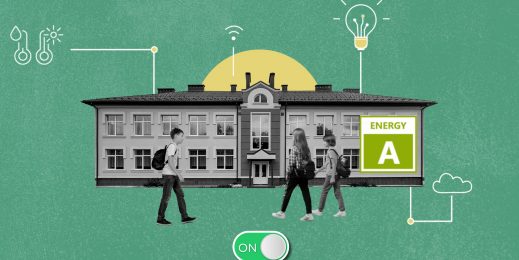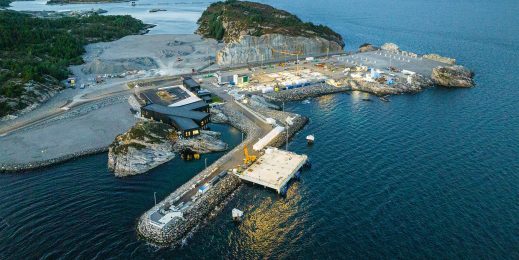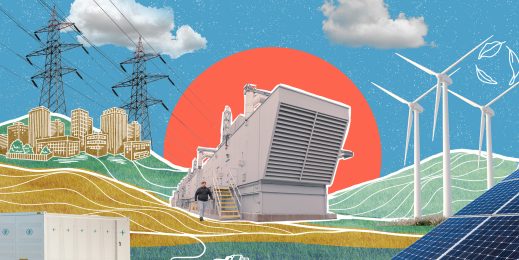
Fighting pollution through AI
According to the most recent World Health Organization (WHO) Global Ambient Air Quality Database, nine in ten of us breathe polluted air. This is significantly impacting our health, with WHO also finding that approximately 7 million deaths each year are due to exposure to fine particles in polluted air.
Just this month, research published in The Lancet indicated that there is also growing evidence that exposure to fine particle matter is linked with the development of neurological disorders such as Parkinson’s disease and Alzheimer’s disease.
Fighting pollution starts with first understanding the exact causes of it. Polish startup Clouds on Mars, which was established in 2017, is using AI to do just this.
The company’s sustainability mission started when the Clouds on Mars team reflected on its own environmental impact, creating dashboards to show the total CO2 they produced during the workday. Based on these findings, and inspired by Microsoft’s commitment earlier this year, the company developed a plan to not only reach carbon negative status, which they have now achieved, but to erase all of its historical carbon footprint in 2021.
Encouraged by its own success, Clouds on Mars are now looking to better understand the reasons for pollution in two of Poland’s largest cities Krakow and Warsaw, both of which rank among the most polluted cities in the world.
To do so, the company turned to the AI for Earth program to help in leveraging the data it needs to better understand the causes for pollution in these cities. The grant is helping advance the company’s ‘Mars on Earth’ initiative, which uses data and intelligence to find ways to lower pollution and improve quality of life.

In practice, the AI for Earth grant has enabled Clouds on Mars to build and implement a solution on Microsoft Azure that aggregates publicly available information about pollution levels, such as historical data from nine regional weather stations. The company then analyzes this aggregated data to provide more accurate insights into what might be causing spikes in air pollution and predict future spikes up to two weeks in advance.
“By using AI we were able to first predict what the pollution levels would be in the coming days and then analyze what is driving them in cities. Based on that, we started building a solution that identifies current and predicts future pollution levels.”
Dominik Kaczmarek, CEO Clouds on Mars
The support from the AI for Earth grant is giving Clouds on Mars the opportunity to experiment with its solution, to build it out further and roll it out to other major Polish cities of over 100,000 habitants. One of the new features of the project is a more thorough analysis of the impact transport, specifically fuel, has on air quality. This is being undertaken in cooperation with city authorities with a focus on how improving traffic organization might support better urban policymaking.
In addition to the AI for Earth grant, Clouds on Mars is working with Microsoft Poland to combine initiatives to create a pollution measurement station at the Microsoft Technology Centre (MTC) in Warsaw. The data gathered from the sensors at this station includes meteorological information such as humidity, wind, and rainfall volume as well as dust concentration where the particle matter (PM) has a diameter of either 2.5 micrometers or 10 micrometers. This information feeds into the Clouds on Mars database to show real-time pollution levels and to further inform efforts to combat urban pollution.
Through enriching publicly available data on pollution with data on weather, daily transport patterns and peaks and public holidays, Clouds on Mars are utilizing AI to build a bigger and more detailed picture of the causes and future causes of pollution. By understanding these factors better, cities can plan with pollution minimizing strategies in mind, enhancing the quality of life for the people living and working in them.














